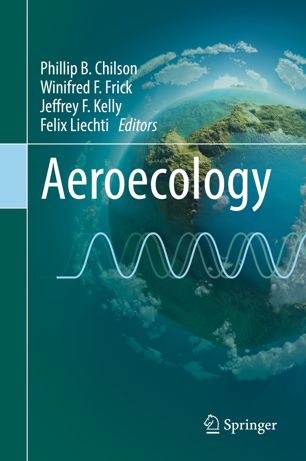

Most ebook files are in PDF format, so you can easily read them using various software such as Foxit Reader or directly on the Google Chrome browser.
Some ebook files are released by publishers in other formats such as .awz, .mobi, .epub, .fb2, etc. You may need to install specific software to read these formats on mobile/PC, such as Calibre.
Please read the tutorial at this link: https://ebookbell.com/faq
We offer FREE conversion to the popular formats you request; however, this may take some time. Therefore, right after payment, please email us, and we will try to provide the service as quickly as possible.
For some exceptional file formats or broken links (if any), please refrain from opening any disputes. Instead, email us first, and we will try to assist within a maximum of 6 hours.
EbookBell Team

0.0
0 reviewsThis book consists of a diverse collection of chapters that seeks to broaden our fundamental understanding of the ecological function and biological importance of the Earth’s lower atmosphere, which provides a huge living space for billions of animals moving within and across continents. Their migration, dispersal and foraging activities connect water and land habitats within and across continents. Drawing upon the wide-ranging experience of the authors, the book takes an inherently interdisciplinary approach that serves to introduce the reader to the topic of aeroecology, frame some of the basic biological questions that can be addressed within the context of aeroecology, and highlight several existing and emerging technologies that are being used to promote aeroecological studies. The book begins with several background chapters, that provide introduction into such topics as atmospheric science, the concept of the habitat, animal physiology, and methods of navigation. It then continues with a broad discussion of observational methods available to and used by aeroecologists. Finally, several targeted examples of aeroecological studies are presented. Following the development of the chapters, the reader is provided with a unifying framework for investigating how the dynamic properties of meteorological conditions at local, regional, and global scales affect the organisms that depend on the air for foraging and movement. Material presented in the book should be of interest to anyone wishing to gain a comprehensive understanding of the aerosphere itself and the myriad airborne organisms that inhabit and depend upon this environment for their existence. The material should be accessible to a diverse set of readers at all stages of training and across a range of research expertise.